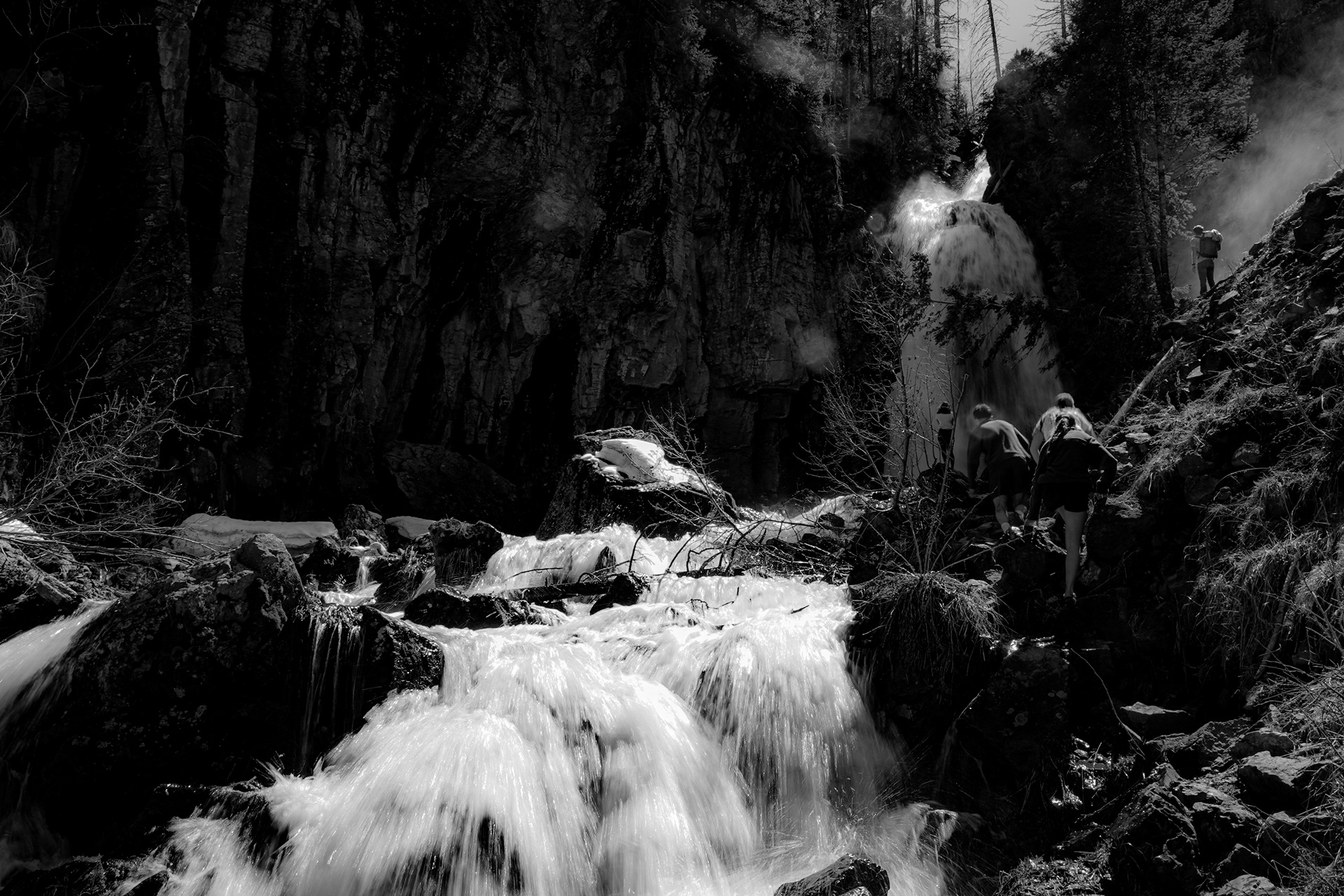Where Mountains Meet Meadows: Sustaining a Ranch Ecosystem
Nestled in the Conejos River Valley of southern Colorado, Rainbow Trout Ranch sits at the intersection of rugged beauty and ecological complexity. Framed by the San Juan Mountains, the ranch spans hundreds of acres of riparian meadows, alpine forests, and dense pastures. Its lush landscape is more than scenic—it is the foundation that sustains both the guest experience and the ranch’s 40-person staff.
Water from the Conejos River is carefully managed through the Platoro Reservoir, supporting pastures, livestock, and habitat for local wildlife. The river’s flow, fed by seasonal snowmelt from surrounding peaks, is essential not only for grazing but also for maintaining the health of native fish and bird populations. Soil composition and microclimates across the valley allow for diverse vegetation, which in turn supports grazing cattle, horses, and the aquatic and avian ecosystems that rely on this land.
Staff members work with the environment, from tending pastures to protecting the river from overfishing, ensuring the ranch remains productive while minimizing ecological impact. Seasonal changes dictate daily routines, and understanding local weather patterns is crucial for both safety and operational efficiency.
At Rainbow Trout Ranch, the land is not merely a backdrop for guest activities—it is an active, living system. Its rivers, soils, and forests provide the resources and resilience necessary for sustaining both human and natural communities in a high-altitude ecosystem.
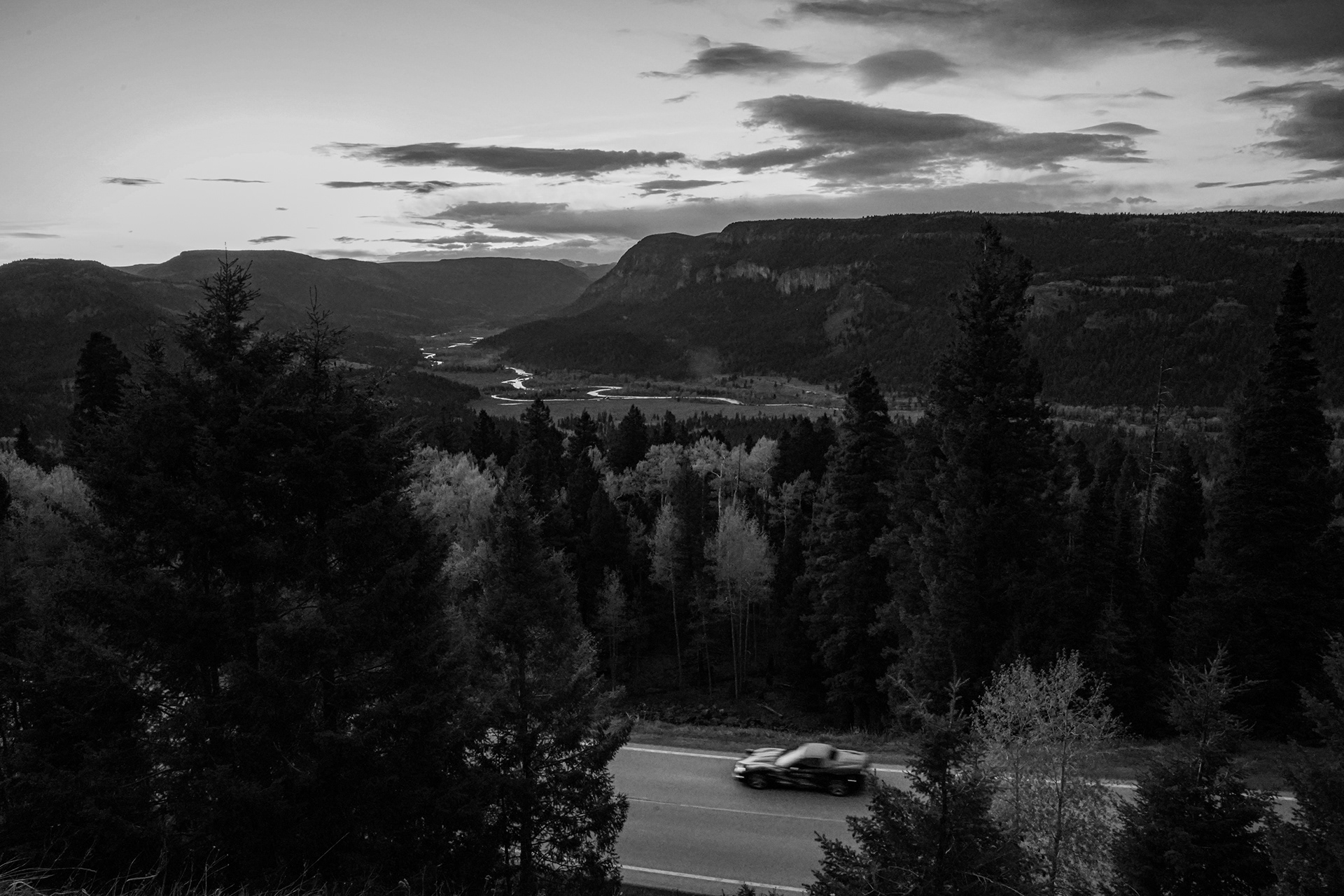
The Conejos River carves through the San Juan Mountains, shaping the valley that sustains Rainbow Trout Ranch. Its waters feed pastures, support wildlife, and provide the foundation for both the ranch and the staff who maintain it.

Seasonal snowmelt and weather patterns dictate daily routines, illustrating the adaptability required to maintain a productive and resilient high-altitude ranch.
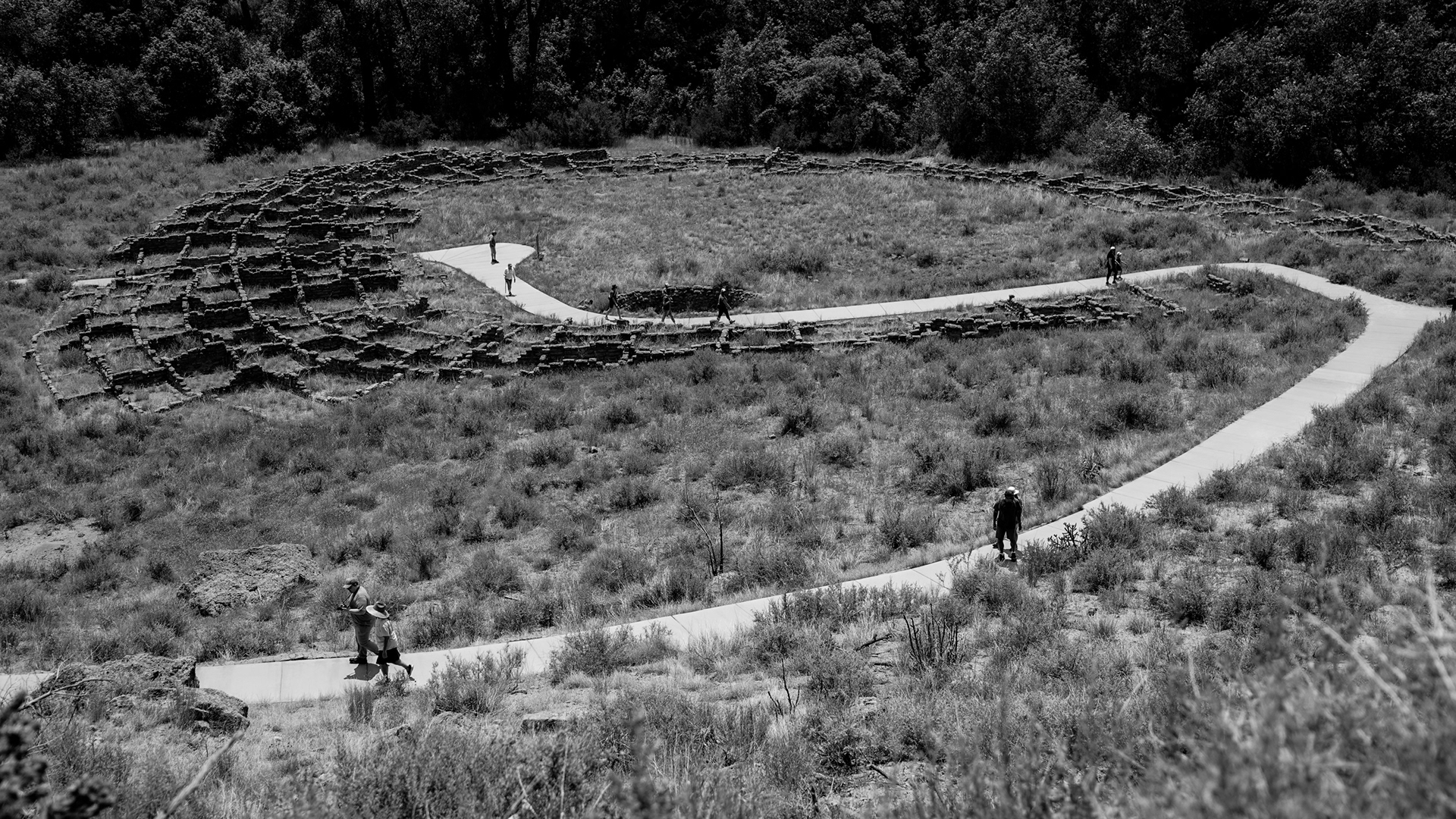
Guests hike one of the high-country trails at Rainbow Trout Ranch in southern Colorado. The steep terrain and shifting weather make the land a central part of daily life at the ranch.
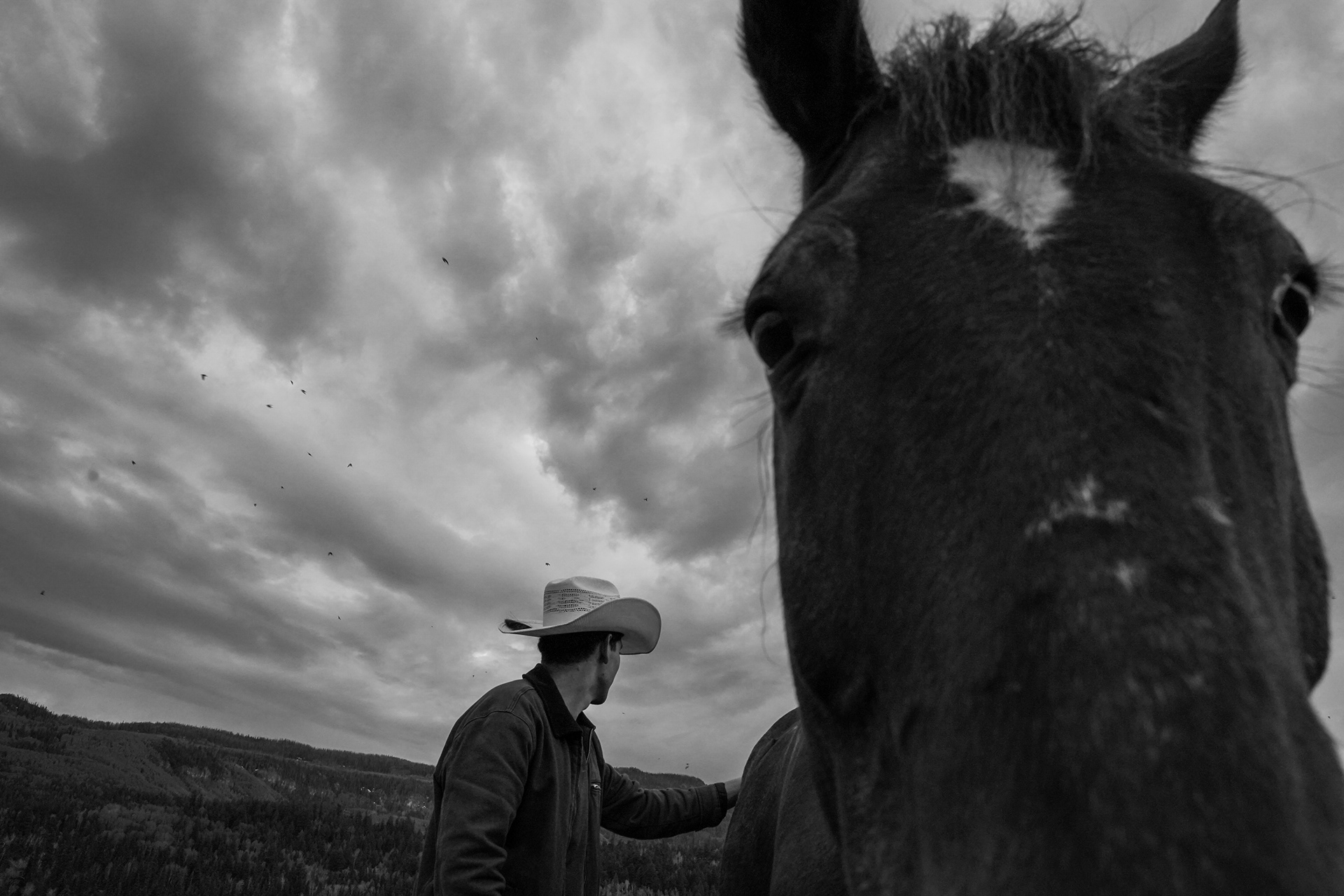
Wrangler Jose Garcia tends to a horse, part of daily routines that integrate livestock care with pasture management, ensuring both animal health and sustainable land use at the ranch.
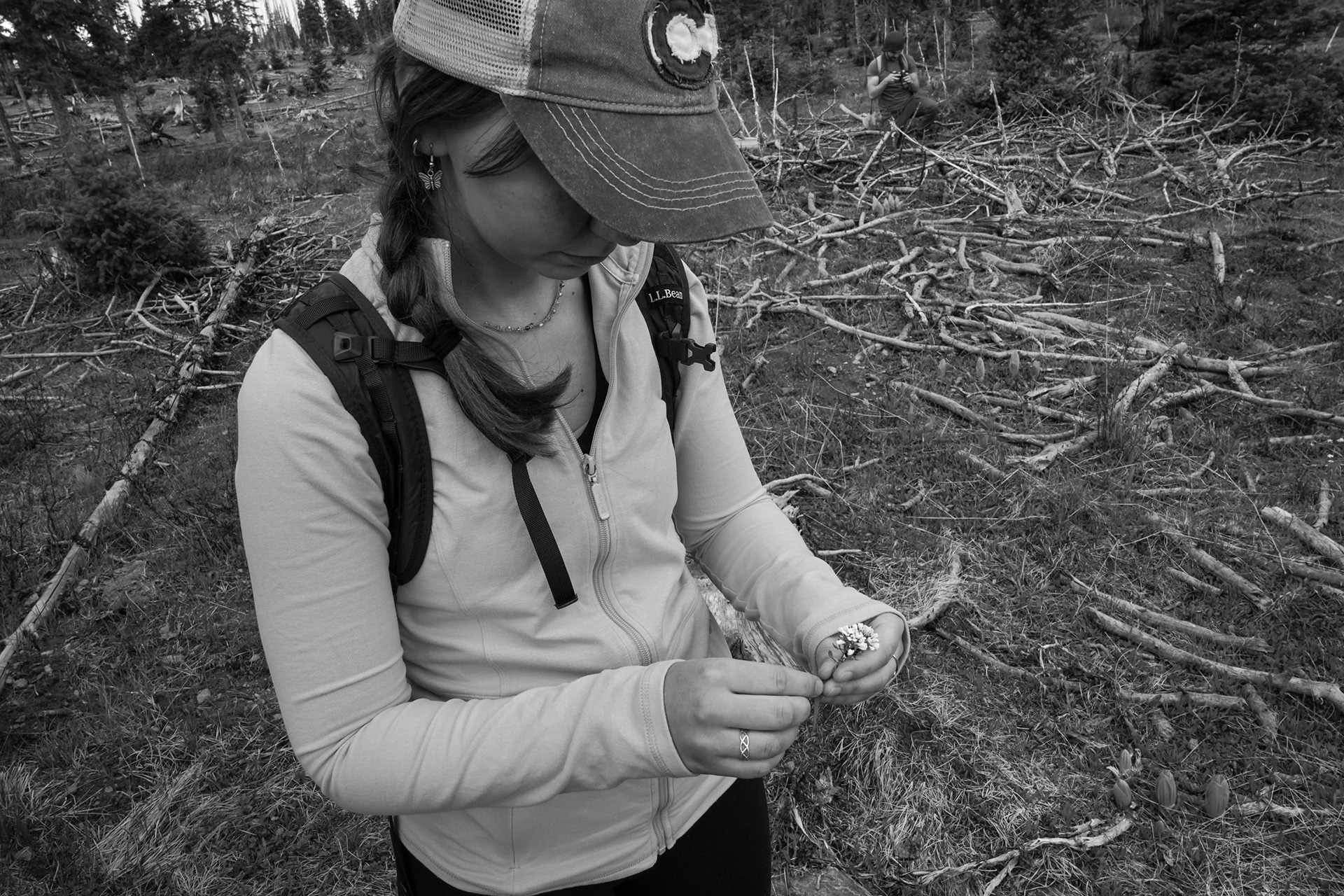
Housekeeper and hiking guide Lucy Saunders identifies native mountain flowers while leading guests to a nearby waterfall. Wildflowers go through significant changes through the seasons at high altitude, and identifying them is telling about the weather conditions and changing landscape.
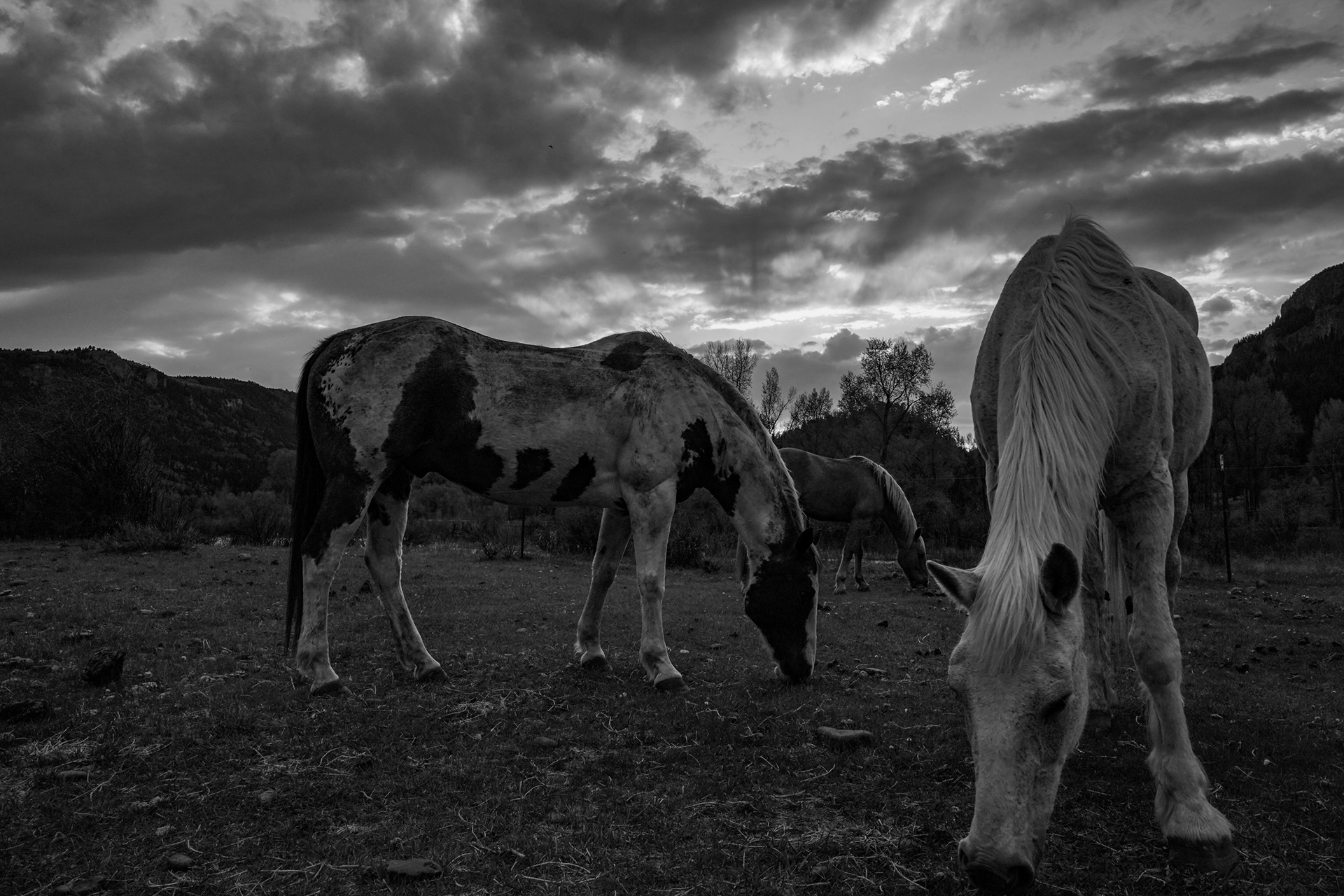
Ranch horses graze in the pasture by the Canejos River. The pasture is saturated with the same snowmelt and rainfall that fills the river, supplying ample grass to the horses and other wildlife on the property.
